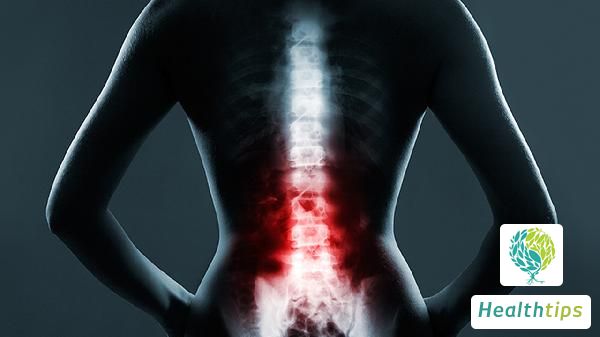What Could Be the Cause of a Lump on My Buttocks?
Lumps on the buttocks may be caused by perianal abscess or ischial tuberosity cyst.

Perianal abscess, also known as perianal and rectal abscess in traditional Chinese medicine, is an acute suppurative infectious disease that occurs around the anus, anal canal, and rectum. It is caused by bacterial infection and is a precursor to anal fistula. Perianal abscess should be taken seriously as it can be life-threatening if not treated promptly. The abscess in the ischial rectal fossa and pelvic rectal fossa on both sides of the anus, as well as the abscess under the perineal fascia in male patients, can be particularly dangerous. If not treated promptly, it may lead to septic shock and even endanger life. Perianal abscess is usually caused by acute infection of the buttocks due to anal sinusitis or rupture of the skin around the anus, resulting in bacterial invasion. It can manifest as a hard, warm, and large lump. In this case, it is recommended that patients undergo incision and drainage of the perianal abscess under combined spinal and epidural anesthesia as soon as possible, and strengthen intravenous anti-infective treatment. During the surgery, it is necessary to remove the fluid and pus in the abscess as much as possible, fill the wound with iodoform gauze, and keep the drainage smooth. The local pain and infection can be completely controlled about a week after the surgery, and it takes about a month for the wound to heal completely.
The bones of the human buttocks are formed by the pelvis, and the ischium is an important component of the pelvis. The ischium can be divided into two branches, and there is a prominent tuberosity at the junction of the two branches, which is called the ischial tuberosity. When a person is sitting, the ischial tuberosity is in contact with the seat. There is a bursa at the top of the ischial tuberosity, which can secrete fluid to reduce friction and pressure between tissues, serving as a protective device for the ischium. Therefore, people generally do not feel any discomfort. However, as people age, their hormone levels gradually decrease, subcutaneous fat gradually decreases, muscles and ligaments gradually atrophy, and the bursa also undergoes degenerative changes, resulting in decreased fluid secretion. Long-term unreasonable friction, squeezing, weight-bearing, and trauma can also lead to the occurrence of traumatic bursitis, which mostly occurs on one side of the ischium, possibly related to imbalanced sitting forces. After the occurrence of bursitis, the bursa becomes congested, swollen, and has increased serous exudate. Over time, the fluid becomes viscous, turbid, and fibrinous, resulting in adhesion. At this time, the bursa wall thickens and the synovial membrane surface becomes rough, eventually forming a cyst. The cystic lump formed by repeated friction on the surface of the ischial tuberosity may cause pain symptoms in the buttocks when sitting flat. It is recommended that patients undergo surgical resection as soon as possible to prevent recurrent infection caused by ischial tuberosity cyst.



















